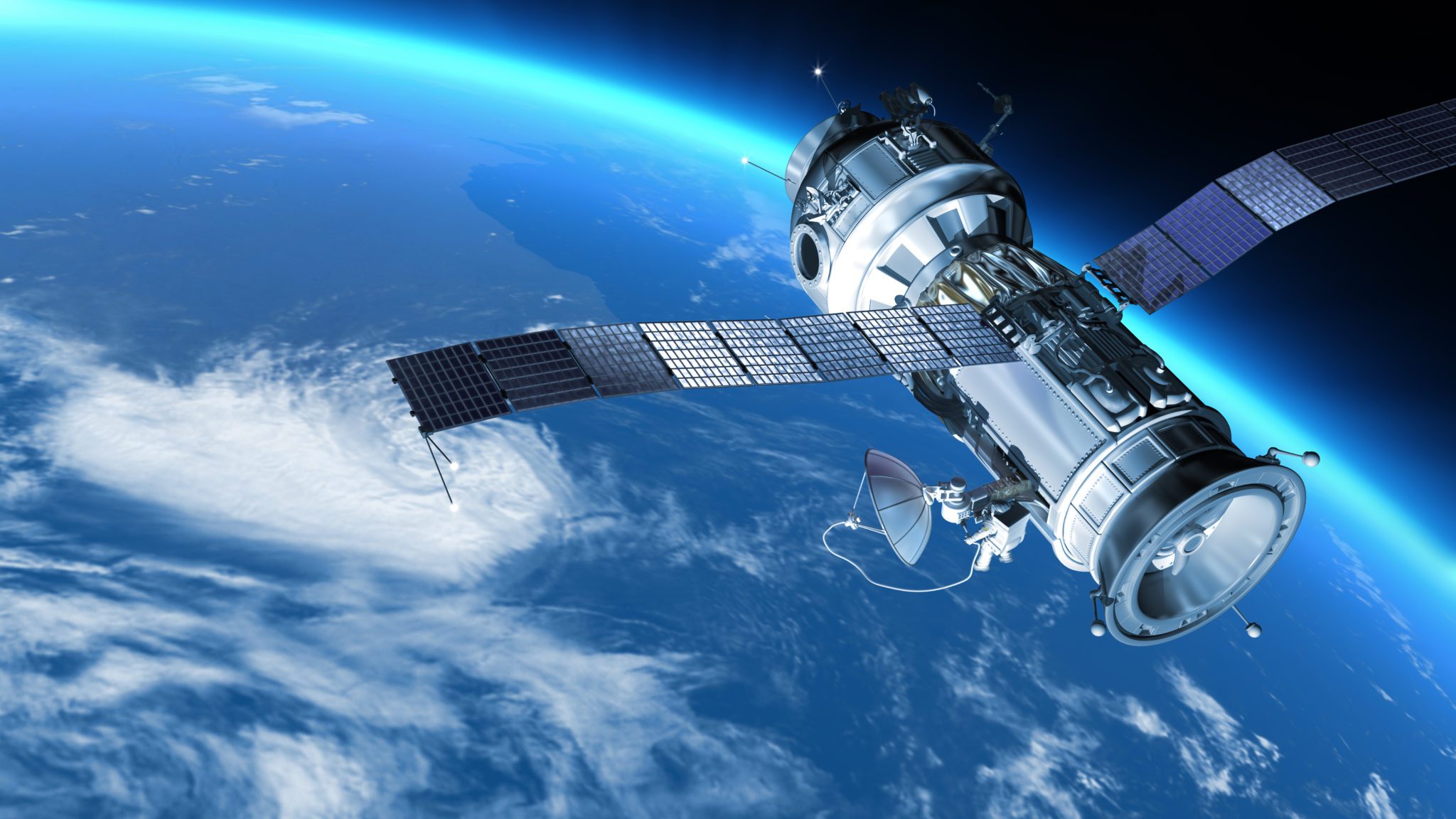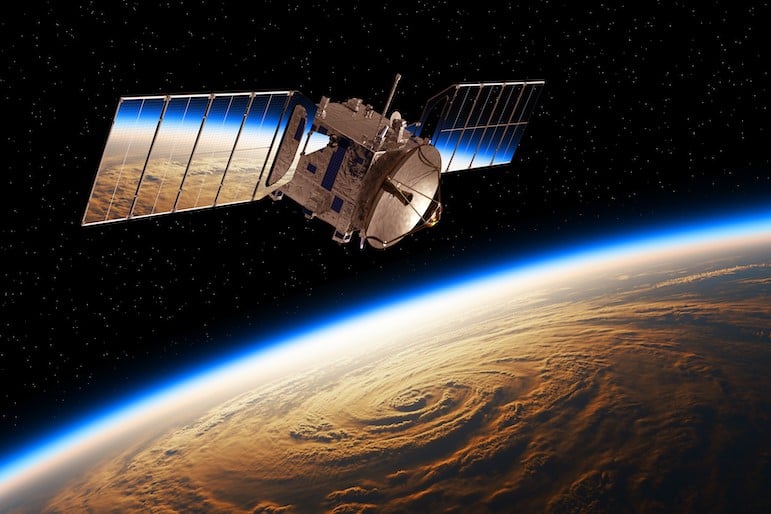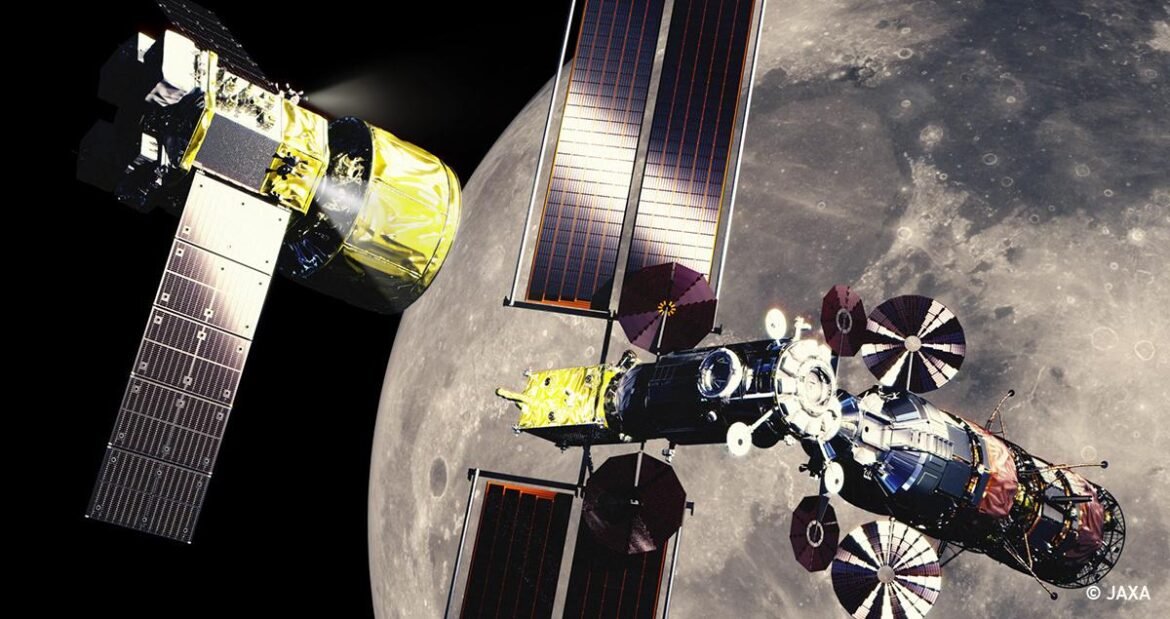
Historical Background of Space Exploration Technology
As we delve deeper into the incredible journey of space exploration technology, it’s essential to trace back to where it all began. From humble beginnings rooted in ancient astronomical discoveries to the fierce competition of the Cold War era, the evolution of rocketry has been nothing short of fascinating.
Early Rocketry and Astronomical Discoveries
Rocketry traces its origins to the invention of gunpowder in ancient China, around the 9th century. The first recorded use of rocket-powered devices, like the fire arrow, laid the groundwork for future innovations. Pioneers like Nicolaus Copernicus and Galileo Galilei expanded our understanding of the cosmos, igniting curiosity about what’s beyond our planet.
Key milestones include:
- Invention of the V-2 Rocket: Developed by Wernher von Braun during World War II.
- First Artificial Satellites: Launched into orbit by the Soviet Union, highlighting the flight capabilities beyond Earth.
The Space Race and Technological Advancements
Fast forward to the late 1950s, the Space Race between the United States and the Soviet Union prompted explosive advancements in technology. The eagerness to claim dominance in space exploration resulted in significant milestones, such as:
- Sputnik 1 (1957): The first artificial satellite, marking humanity’s entry into space.
- Man in Space: Yuri Gagarin became the first human to orbit Earth in 1961.
This fierce competition not only fueled innovation but also created a legacy of collaboration that continues to shape our understanding of the universe. Exploring the next phase of space exploration technology has roots steeped in a blend of ambition, curiosity, and, importantly, determination that humanity can achieve the unimaginable.

Current Technologies in Space Exploration
Having explored the historical milestones in rocket technology, it’s time to look at the current landscape that continues to expand our horizons beyond Earth. Today, technology plays a pivotal role in furthering our understanding of the cosmos. From satellites orbiting Earth to the human presence in space, let’s dive into some of these remarkable advancements.
Satellites and Space Telescopes
Satellites have revolutionized how we collect information about our planet and the universe. Modern satellites assist in:
- Weather Forecasting: Monitoring weather patterns and natural disasters.
- Communication: Facilitating global connectivity and data transfer.
Space telescopes, such as the Hubble Space Telescope, allow scientists to capture stunning images of distant galaxies, enhancing our understanding of the cosmos and enabling groundbreaking discoveries. For example, Hubble has aided in measuring the rate of expansion of the universe!
Rovers and Probes
Rovers like Curiosity and Perseverance have changed the game in planetary exploration. These robotic explorers are equipped with sophisticated instruments to analyze the Martian terrain. The ongoing advancements in mobility and technology enable:
- Soil Analysis: Searching for signs of past life.
- Environmental Monitoring: Assessing the climate and atmosphere of other planets.
International Space Station
The International Space Station (ISS) serves as a beacon of collaboration in space exploration. This incredible structure orbits Earth, bringing together astronauts from multiple nations to conduct scientific experiments that benefit all of humanity. With its unique microgravity environment, researchers conduct experiments that lead to breakthroughs in medicine, materials science, and more.
As we harness these cutting-edge technologies, the journey of exploring the next phase of space exploration technology looks innovative and promising, inspiring generations to reach for the stars.

Emerging Technologies Shaping the Future of Space Exploration
The marvels of current technologies in space exploration pave the way for exciting new advancements. As we step into this next chapter, emerging technologies promise to transform our understandings and capabilities in ways previously thought impossible.
Advanced Propulsion Systems
One of the most thrilling developments is in advanced propulsion systems. Traditional rocket fuel has its limits, but innovations like ion propulsion and nuclear thermal engines are set to revolutionize space travel. For instance:
- Ion Propulsion: Offers higher efficiency, allowing spacecraft to travel faster and further with less fuel.
- Nuclear Thermal Propulsion: Could dramatically reduce travel times to Mars by providing powerful thrust.
Lunar and Martian Exploration Technologies
Technologies specifically designed for lunar and Martian exploration are also making waves. Rovers equipped with AI navigate tricky terrains, while landers are being designed to utilize local resources for sustainable living. Imagine:
- In-Situ Resource Utilization (ISRU): Utilizing Martian soil for building habitats and extracting water for drinking!
Space Tourism and Commercial Spaceflights
Lastly, space tourism is turning from dream to reality. Companies like SpaceX and Blue Origin are pioneering commercial flights that promise to take everyday people to the edge of space. This includes:
- Suborbital Flights: Brief experiences where passengers can enjoy a few minutes of weightlessness.
- Future Space Hotels: Luxury stays in orbit might just be around the corner!
These exciting advancements in technology not only fuel our ambitions but also invite everyone to be a part of the thrilling journey as we explore the next phase of space exploration technology.

Challenges and Opportunities in Next-Generation Space Technology
As we delve into the promising future of space exploration technologies, it’s equally important to address the challenges that lie ahead. These obstacles can serve as catalysts for innovation and collaboration, ensuring sustainable progress in our cosmic endeavors.
Space Debris Management
One pressing issue is space debris, the growing collection of defunct satellites, spent rocket stages, and fragments from collisions. This debris poses significant risks to operational spacecraft. Possible solutions include:
- Active Debris Removal: Using nets or robotic arms to capture and deorbit defunct objects.
- Tracking Systems: Enhancing radar and laser tracking capabilities to monitor debris more effectively.
Sustainability and Environmental Impact
Sustainability is another crucial consideration. As we push boundaries, it’s vital to minimize our environmental footprint. Measures like:
- Green Propellants: Developing eco-friendly fuel alternatives to reduce toxic emissions.
- Recycling: Implementing practices for recycling materials from old satellites can be game-changing.
Collaboration and International Policies
Finally, collaboration among countries and organizations is essential for tackling these challenges. Establishing international policies can foster cooperation and integrate safety measures for debris management. Initiatives could include:
- Global Frameworks: Creating treaties that mandate best practices for satellite launches and debris mitigation.
- Shared Technologies: Pooling resources and knowledge for developing innovative solutions.
By addressing these challenges proactively, we open the door to unprecedented opportunities, ensuring that the journey of exploring the next phase of space exploration technology remains both impactful and sustainable.

Innovations in Space Exploration Technology
Building on the challenges and opportunities identified in the realm of space technology, we now turn our attention to the innovative breakthroughs that are reshaping our exploration efforts. These advancements carry the promise of making missions safer, more efficient, and more effective.
Artificial Intelligence and Robotics
Artificial intelligence (AI) and robotics are at the forefront of this transformation. Picture a rover on the Martian surface:
- Autonomous Navigation: AI systems allow rovers to detect obstacles and navigate complex terrains without human input.
- Data Analysis: AI can sift through vast amounts of data quickly, identifying patterns and anomalies that might otherwise go unnoticed.
Quantum Computing Applications in Space
Quantum computing is another exciting frontier. Imagine being able to perform calculations at unimaginable speeds, enabling advances such as:
- Enhanced Simulations: Modeling complex space environments with unparalleled accuracy.
- Optimized Routing: Improving mission planning through advanced algorithms that calculate the most efficient travel paths.
Advancements in Space Medicine
Finally, as astronauts venture further from Earth, advancements in space medicine are key. Innovations might include:
- Telemedicine: Enabling real-time health monitoring and consultations with Earth-based medical professionals.
- Biological Research: Understanding the effects of space travel on the human body, leading to better countermeasures against exposure to microgravity and radiation.
These innovations are not just about enhancing current missions; they represent the exciting journey of exploring the next phase of space exploration technology, ultimately paving the way for a sustainable human presence beyond our planet.

Future Prospects and Exploration Missions
As we explore the innovations shaping the future of space exploration technology, we can’t overlook the exciting missions on the horizon. Both governmental and commercial initiatives are poised to revolutionize our approach to exploring the cosmos.
Artemis Program and Moon Colonization
The Artemis Program is one of the most ambitious efforts aimed at returning humans to the Moon by the mid-2020s. This project isn’t just about landing a few astronauts; it aims to establish a sustainable presence for future exploration. Key components include:
- Lunar Gateway: A space station orbiting the Moon to support long-term missions.
- Regolith Utilization: Developing technology to use lunar soil for building habitats and life support.
Mars Exploration and Human Settlements
Following our lunar endeavors, Mars beckons as the next frontier. Missions like NASA’s Perseverance rover are already laying the groundwork for future human exploration. Fascinating plans might involve:
- Habitat Construction: Using local materials to build homes and research facilities.
- Terraforming Techniques: Exploring methods to create a more Earth-like atmosphere for colonization.
Beyond Mars: Interstellar Travel and Beyond
Looking even further, the concept of interstellar travel stirs the imagination. Projects such as Breakthrough Starshot propose sending tiny, light-powered probes to neighboring star systems. Considerations include:
- Advanced Propulsion: Developing technologies that can achieve a fraction of light speed.
- Long-Duration Space Travel: Researching ways to sustain human life on multi-generational journeys.
These future missions will not only expand our reach but will also inspire the next generation of explorers. Exploring the next phase of space exploration technology is a collaborative effort that promises thrilling discoveries and experiences, shaping humanity’s destiny among the stars.

